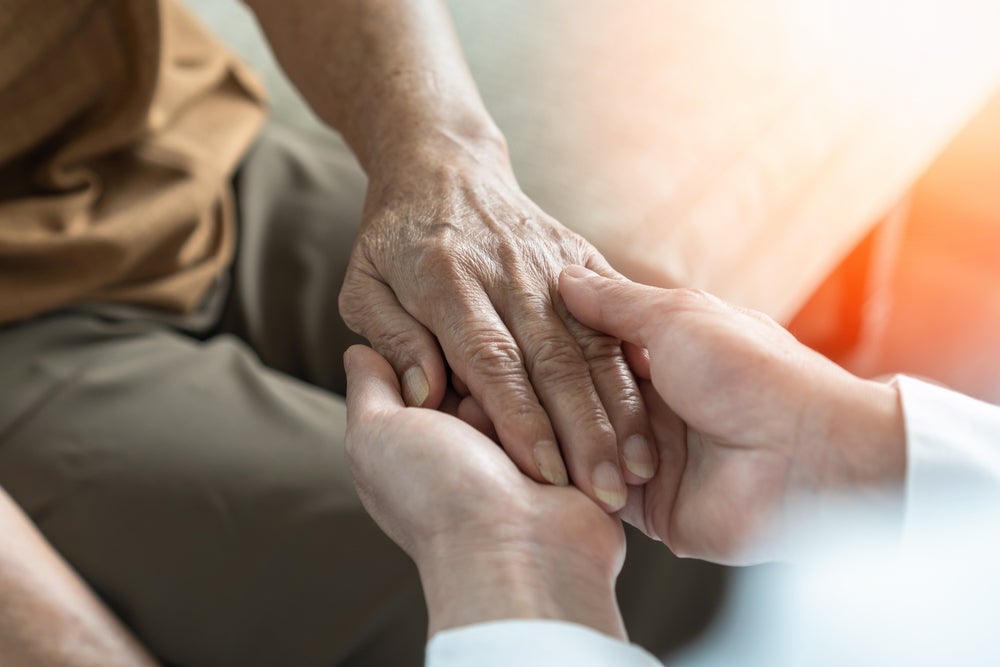Advancements in public health policies and healthcare services have extended life expectancy and reduced infant mortality and premature death.
As such, the global burden of diseases is shifting from tackling infectious diseases to managing long-term conditions, particularly among the elderly population, who are more susceptible to prevalent health issues such as heart disease, diabetes, and cancer.

US Tariffs are shifting - will you react or anticipate?
Don’t let policy changes catch you off guard. Stay proactive with real-time data and expert analysis.
By GlobalDataAs populations age, healthcare systems are also burdened with increasingly complex needs and growing demand for diagnosis, prevention, and rehabilitation both during and after hospitalisation.
According to GlobalData, a leading data and analytics company, addressing the unmet care and support needs of an ageing population is becoming an urgent public health priority for many countries, with expectations that the global population aged over 65 will double from 800 million in 2022 to 1.6 billion by 2050.
With the climbing costs of healthcare services and hospital stays and shortages of healthcare personnel, pressure is now on medical systems more than ever to provide more care with fewer resources.
Wearable and connected home-care devices empower patients to take control of their own health and will be vital to preventing healthcare systems from becoming overburdened as the global population ages.
GlobalData’s latest report, Aging Population and Medical Devices – Thematic Intelligence, illustrates the growing use of technology, including remote monitoring, virtual care, and AI in home care, as well as assistive and wearable devices.
These innovations empower individuals to independently track chronic conditions and overall wellness in real time.
For example, remote monitoring devices track health indicators such as heartbeat, blood glucose levels, and physical activity, and are commonly integrated with healthcare networks to provide physicians with up-to-date data regarding their patients’ vital signs and activity levels.
Connected devices also act as emergency alert systems, and can monitor for safety concerns such as irregular heartbeat, low oxygen levels, or a fall, then alert caregivers and clinicians to enable quicker intervention.
Though the shift towards home care for the older population has been occurring for several years, the Covid-19 pandemic accelerated device adoption and development, resulting in a significant increase in the number of conditions that can be managed in a home setting.
Preference for patient-centered, consumer-driven healthcare is also growing.
Both patients and caregivers favour home care since it is convenient and accessible, and in some cases can reduce or eliminate the need for routine in-person appointments, which also minimises patient exposure to other illnesses and alleviates part of the burden to healthcare workers.
Home-care devices also allow ageing patients to function independently and can reduce the costs and stress of constant care.
Investments in the research and development of remote monitoring and wearable devices highlight a commitment to creating user-friendly, reliable devices that cater to a spectrum of medical needs.
From glucose monitors to wearable electrocardiogram monitors, the diversity of offerings is expanding rapidly.
Innovative applications such as intelligent drug dispensers and medical robots also cater to the evolving healthcare needs of the ageing population.
These devices will fundamentally alter the healthcare landscape and play a pivotal role in patient-centric preventative healthcare.







